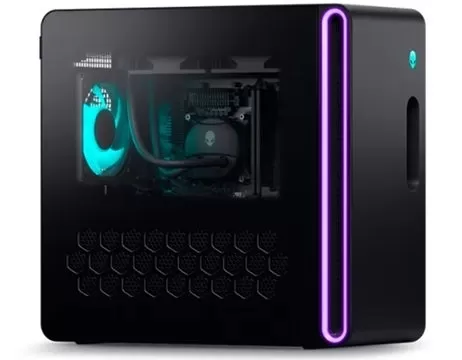Following the electrifying revival of Doom in 2016 and the even more intense 2020 sequel, Doom Eternal, id Software has taken a different approach with their latest installment, Doom: The Dark Ages. Rather than soaring to new heights, this medieval-themed prequel keeps the action firmly grounded, enhancing the high-speed, high-skill-ceiling first-person shooter experience by bringing it closer to the hordes of Hell's minions.
Doom: The Dark Ages shifts away from the platforming elements of Eternal and focuses on strafe-heavy, power-driven combat. While maintaining Doom's signature arsenal, including the newly introduced Skull Crusher, which uses the skulls of fallen enemies as ammunition, the game places significant emphasis on melee combat. Players can wield three distinct melee weapons: the electrified gauntlet, the flail, and the standout Shield Saw, which can be thrown or used for blocking, parrying, or deflecting. As Hugo Martin, the game director, stated after a demo, "You’re gonna stand and fight."
The game draws inspiration from the original Doom, Frank Miller’s Batman: The Dark Knight Returns, and Zack Snyder’s 300. Reflecting this, the Glory Kill system has been revamped, allowing for fatalities to be executed from any angle on the battlefield, adapting dynamically to the player's position. This change accommodates the large enemy groups that surround players in combat arenas, which have been expanded in The Dark Ages. Players can tackle objectives in any order and explore freely within levels, which Martin notes have been adjusted to be around an hour long each.
Addressing feedback from Doom Eternal, The Dark Ages will not rely on the Codex for storytelling. Instead, the narrative will unfold through cutscenes, promising an expansive journey through the Doom universe described as a "summer blockbuster event" with high stakes as the Slayer's power becomes a target. The development team has also streamlined the control scheme, aiming for intuitive gameplay to ensure players aren't fumbling for unfamiliar buttons under pressure. Melee weapons are now equipped like other gear, one at a time, and the game's economy has been simplified to a single currency, gold. Secrets and treasures will enhance skill progression, offering tangible gameplay benefits.
Custom difficulty sliders allow players to adjust the challenge to their preference, modifying aspects such as game speed and enemy aggression directly from the UI. Standout gameplay sequences from the reveal trailer, including the 30-story demon mech (Atlan) and cybernetic dragonback riding, are not one-time events but feature a range of abilities and minibosses. Notably, there will be no multiplayer mode in The Dark Ages, as the focus remains on crafting an exceptional single-player campaign.
For fans like myself, who experienced the transformative impact of the original Doom in 1993, Hugo Martin's shift back to the foundational design principles of the classic game while creating The Dark Ages is exhilarating. Martin's desire to differentiate from Eternal and rekindle the power fantasy of classic Doom has me eagerly anticipating the release on May 15.
















